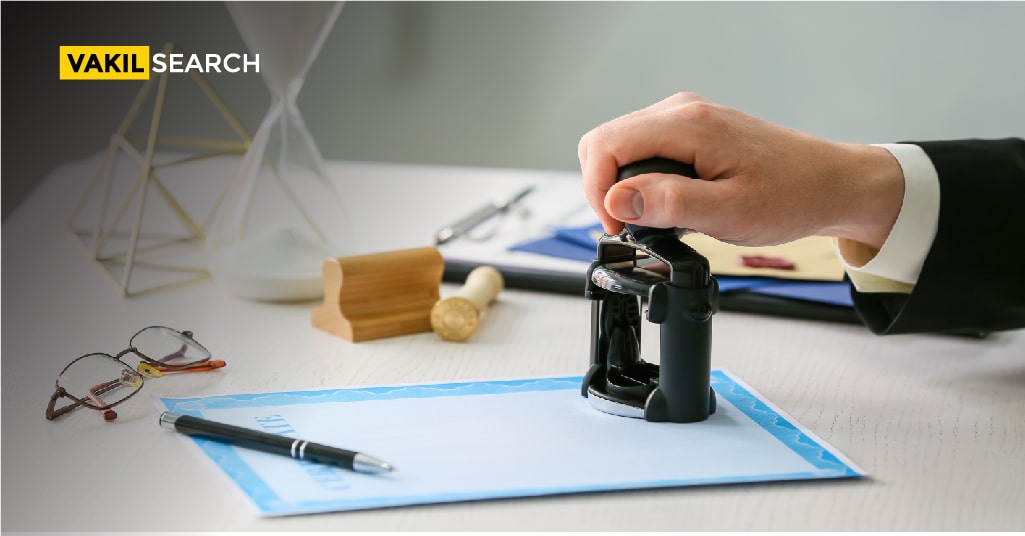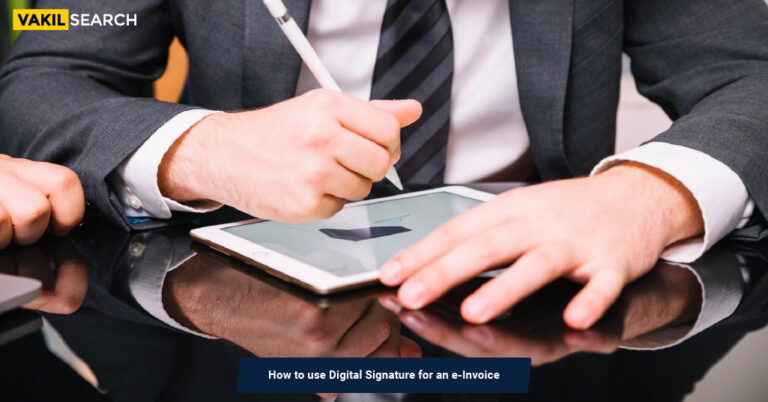Read this blog to learn about what exactly is a digital signature and how you can easily create one online.
In this article you’ll learn What is a Digital Signature , how they work, their benefits and create a digital signature along with their types and uses.
What is Digital Signature?
How Do Digital Signatures Work?
Public-key cryptography, often known as asymmetric cryptography, is used to establish digital signatures. An essential public technique, such as RSA (Rivest-Shamir-Adleman), creates two keys, one private and one public, resulting in a pair of keys that are mathematically connected.
A private key for encrypting signature-related data is used by the person who creates digital signatures. This data can only be decoded using the signer’s public key.
If the receiver can’t access the document using the signer’s public key, there’s an issue with the signature or the paper. This is how digital signatures are confirmed. The use of digital signature technology necessitates that all parties believe the person who created the signature has maintained their word.
If someone else gets access to the private signing key, they might use it to make forged digital signatures in the owner’s name.
Benefits of Digital Signature Certificate
While digital signatures have piqued the interest of many business leaders and executives, what precisely are they? A digital signature is simply your electronic fingerprint. It allows you to sign a document electronically while verifying the signer’s identity. It’s a mathematical code that demonstrates the document’s authenticity from the sender and guarantees it doesn’t be tampered with on its way to the receiver.
Concerns regarding the security of digital signatures are understandable; nevertheless, they employ a widely acknowledged format known as a Public Key Infrastructure, which gives a very high level of protection and makes them impossible to reproduce. Digital signatures make office paperwork much more efficient, but this technology’s regulations differ from country to country. Because of the advantages of digital signatures, more offices and businesses are adopting them.
Digital signatures are lawful and have the same value as hand signings in many regions of the globe, including North America, the European Union, and Asia-Pacific.
- Digital signature Certificate make it easy to sign crucial papers no matter where a client or the person who has to sign is. This is perfect for offering enhanced and tailored services, especially in distant locations and smaller townships. Customers can interact with enterprises from anywhere, which makes services and businesses significantly more convenient, rapid, and user–friendly.
- Authenticity and security are the most critical factor when it comes to signatures. The danger of document duplication or manipulation is reduced with digital signatures. Signatures are firstly checked, then authenticated, and finally deemed valid using digital signatures. Signers are given PINs, passwords, and codes that may be used to verify their identities and approve their signatures. The date and time of the signature are recorded, allowing the document to be monitored and lowering the risk of tampering or fraud. Security protections such as digital signatures ensure that papers are not altered without authorisation.
- Digital signatures ensure whether the signature is valid and verifiable or not. This, like any other signed paper document, can be produced in a court of law. Audit and compliance are improved and simplified by time stamping and the ability to monitor and simply archive documents.
How to Make Digital Signature?
- First, use Adobe Acrobat Reader, and open the PDF file.
- In the Tools window on the right, select the option which says “Fill & Sign”.
- Select Add Signature after clicking Sign.
- You’ll get a pop-up window with three options: Type, Draw, and Image. Choose the one that you want.
- Drag the signature into your PDF file, resize it, and place it.
What are the Types of Digital Signatures and What are Their Uses?
- SES (Simple Electronic Signatures): These are the most basic and widely used electronic signatures. They do not need any form of identification verification from the signer, and it is the obligation of the one accepting the document to place faith in these signatures. Simple electronic signatures can be regarded as legally binding in some circumstances. For many papers, however, better credentials are required. (modafinil online europe)
- Electronic Signatures with Advanced Features (AES): Unlike elemental electronic signatures, these signatures need some sort of identification verification. They rely on certificates that uniquely identify the electronic document’s signer. They’re frequently sent through a specialised delivery service that can give audit trails and other sorts of proof concerning the data sent. A Certificate Authority typically certifies these signatures (CA).
- Qualified Electronic Signatures (QES): These are similar to advanced electronic signatures, but they exceed the eIDAS standards’ different criteria. A certificate based on public keys produced with correct technological methods is required for qualified electronic signatures (QES). Prior identification of the signature by an audited organisation, such as a certificate authority, is also required. Face-to-face identification can be made over the phone, video chat, or in person.
In contract-heavy businesses, digital signature technologies and services are widely employed. For example, when freelance writers sign a contract, they can agree on word count and remuneration by signing the paper with Adobe Sign.
Click here to know more about Class 3 Digital Signature
How to Create Digital Signature?
The following are examples of digital and e-signature service providers:
- Adobe Sign is a safe, legal e-signature solution that works on any device
- DocuSign’s standards-based services ensure that electronic signatures comply with current rules. Its services include the EU Qualified Signature, which meets EU regulations, and Express Signature for basic worldwide transactions.
- To apply PKI across business environments, GlobalSign offers a variety of management, integration, and automation technologies.
- SignEasy provides organisations and people with an e-signing service and application programming interfaces (APIs) for various applications
- Vakilsearch offers hassle-free, swift, and absolutely affordable online e-sign creation, that too with the help of experts.
Conclusion
Now that you are familiar with creating a digital signature, we don’t think you will have a problem creating one. And in case you are still not sure about how to go about it, this blog can come in handy.
Also, Read:










